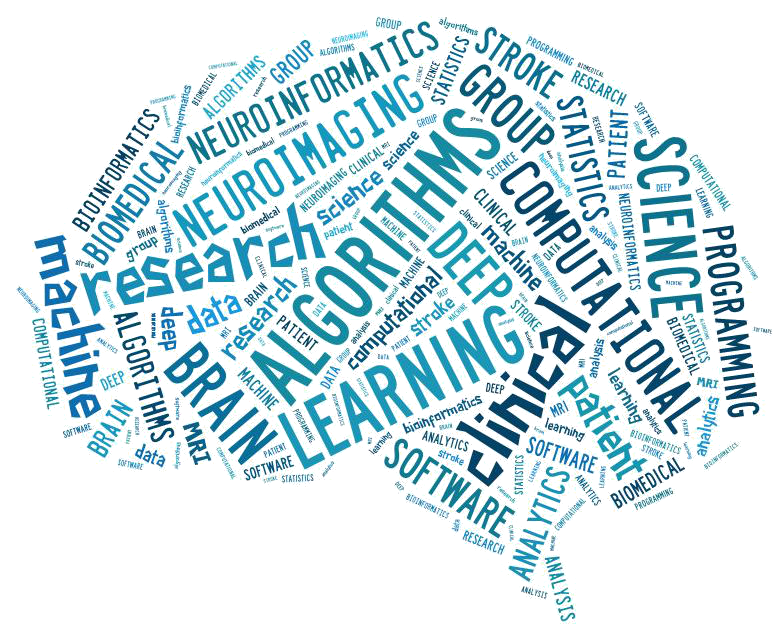Cardiac Arrest
. Severe Cerebral Edema in Substance-Related Cardiac Arrest Patients [Internet]. Resuscitation 2022; Publisher's VersionAbstract
. Predicting neurological outcome in comatose patients after cardiac arrest with multiscale deep neural networks. Resuscitation 2021;169:86-94.Abstract

. Clinical examination for outcome prediction in nontraumatic coma. Crit Care Med 2012;40(4):1150-6.Abstract
. Comatose patients with cardiac arrest: predicting clinical outcome with diffusion-weighted MR imaging. Radiology 2009;252(1):173-81.Abstract
. Neuroprognostication of hypoxic-ischaemic coma in the therapeutic hypothermia era. Nat Rev Neurol 2014;10(4):190-203.Abstract
. Clinical examination for prognostication in comatose cardiac arrest patients. Resuscitation 2013;84(11):1546-51.Abstract
. Hippocampal magnetic resonance imaging abnormalities in cardiac arrest are associated with poor outcome. J Stroke Cerebrovasc Dis 2013;22(7):899-905.Abstract
. Predicting clinical outcome in comatose cardiac arrest patients using early noncontrast computed tomography. Stroke 2011;42(4):985-92.Abstract






